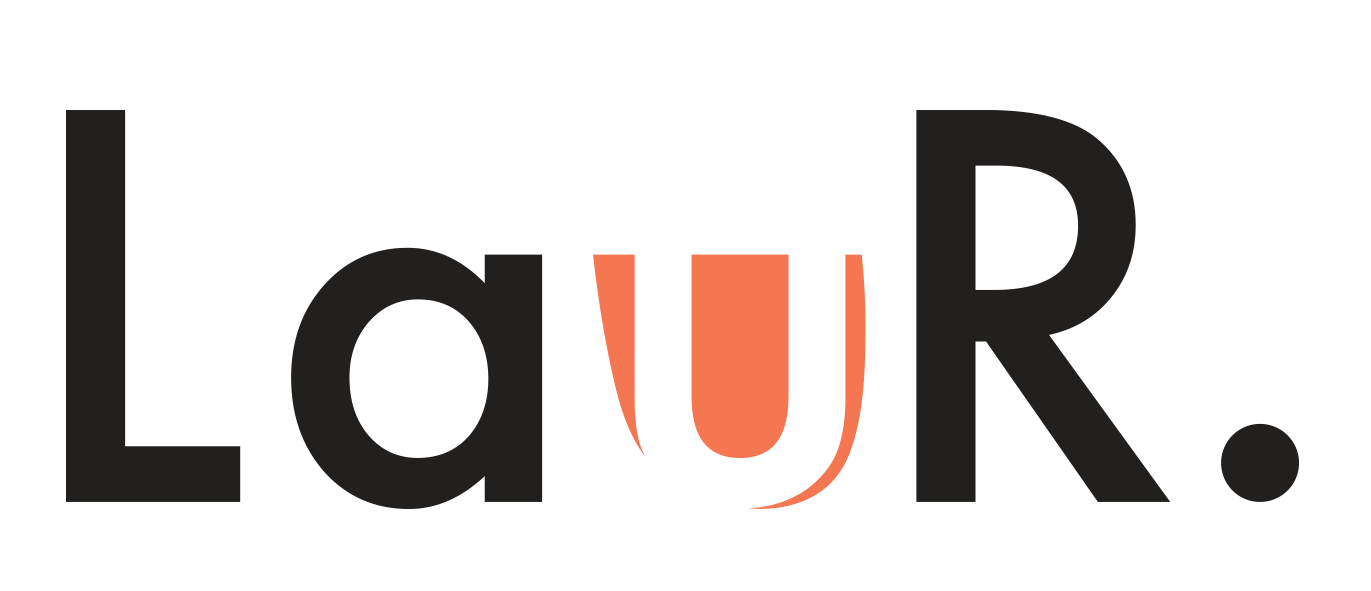Tracking the Team Effort in Data Maintenance
Making Indoors GIS a cohesive tool for teams
My Role
Facilitated sync and async discovery with product, content and marketing stakeholders
Conducted user and stakeholder interviews
Prototyped concepts and ran usability tests
Produced high-fidelity mockups
Worked with engineers to deliver experience into production
Background
Indoors is a complete geospatial system created by Esri, used to create, manage, analyze, and map indoor data in order to share awareness of facility operations and deliver greater efficiency in space planning. The product relies on the user to upload and maintain the data, but alas, we discovered that many users reported incorrect data within the ecosystem.
Opportunity
We saw an opportunity to develop a data maintenance experience that would better serve users by alleviating much of the manual work.
But I am getting ahead of myself. Let’s go to the research!
Understanding the Current Experience
My research began with interviewing 5 users from both technical and non-technical backgrounds.
We Will:
-Create more cohesiveness for teams that upload and edit data
-Develop a tracker to see changes easily
-Utilize existing components where possible
-Work with Marketing and Content teams to provide educational material and blasts for users
I created an affinity map based on notes taken during the interviews:
I outlined the current editing process as summarized by Susan and Zachary:
The following was becoming abundantly clear:
1. There is so much back and forth required to maintain the data
2. Most of this back and forth is happening on spreadsheets and Powerpoint – outside of our product!
How might we encourage users to work effectively with their team inside of Indoors?
Honing in on User and Business Needs
Following the interviews, I worked with my PM to lead a cross-functional session, beginning with reframing the problem into How Might We questions before ideating and prioritizing what we believe we could deliver for an MVP,
Determining Scope
After getting the team’s consensus on user value and level of effort for design & engineering, we clarified what was and wasn’t in scope for our fast approaching MVP.
We Will Not:
-Redesign existing editing experience
-Build automation for this project
Usability Test Goals
After determining our MVP scope and clarifying the mental model, I explored several designs and built a prototype to conduct a usability test. We tested for the following:
- Discoverability of new tools
- Do users understand where to start?
- Are there particular sections that they miss?
- Do they understand the language we used?
- What are users’ expectations and thoughts as they go through flow?
- Does the new flow resonate with users?
- Do users come away with the ability to describe this process in their own words?
- Do users find value in this?
Indoors History Log
We decided to continue to roll out our new features, as it would be just the first of many steps toward team collaboration in Indoors. Thus, we rolled out our History Log as our MVP.
Design screenshots coming soon. Check them out in Figma!










